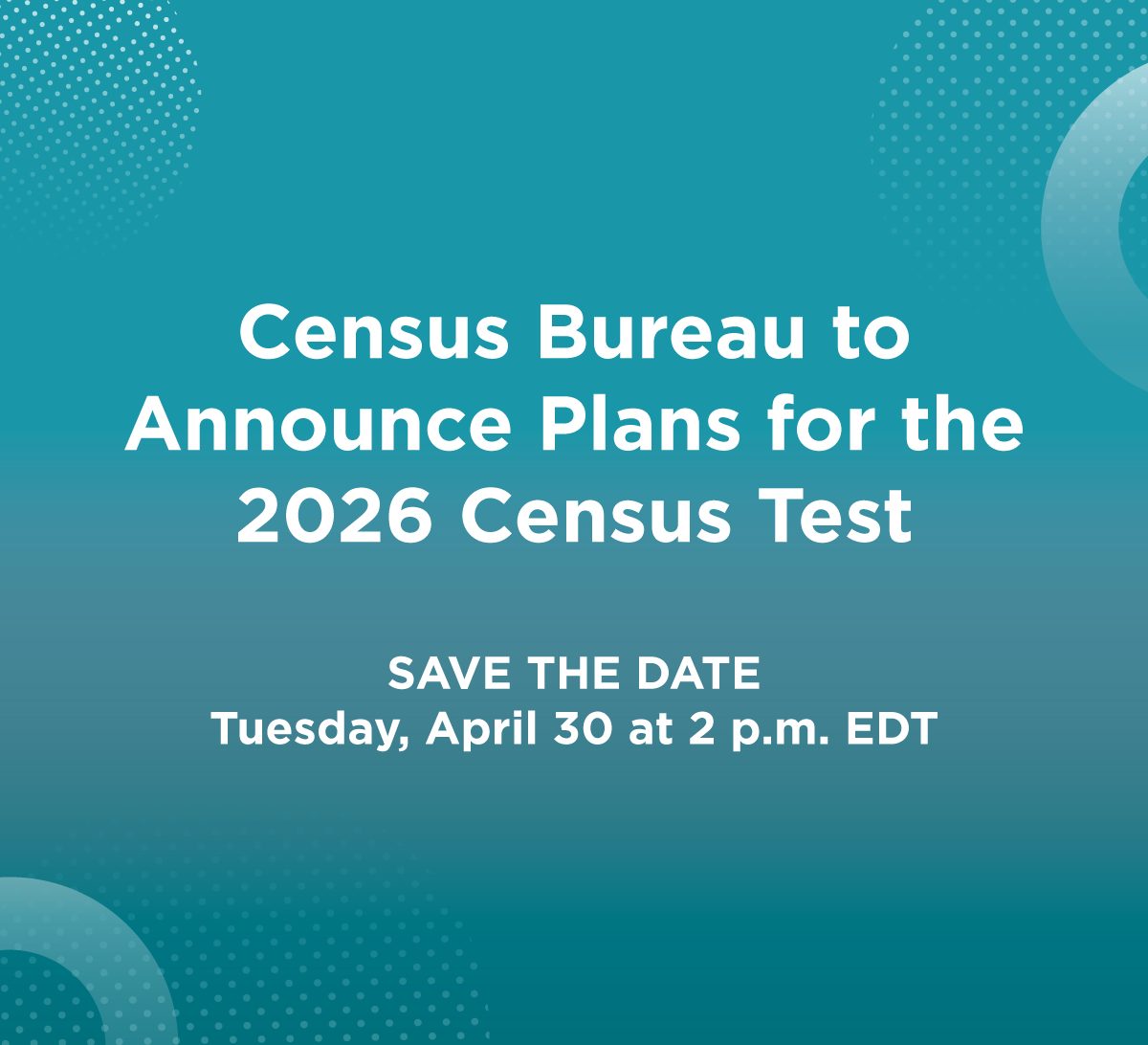For Immediate Release: Monday, December 07, 2020
Census Bureau Announces Quality Assessments for 2020 Census
Census Bureau Continues Practice of Evaluating Decennial Count
DEC. 7, 2020 — The U.S. Census Bureau announced updated plans for releasing information about quality along with the first results from the census, including releasing an unprecedented number of data quality indicators.
Each decade, the Census Bureau conducts extensive evaluations of the census and releases a variety of data quality metrics. Given the unique challenges that the COVID-19 pandemic posed to the 2020 Census, the Census Bureau plans to release additional data quality metrics.
In addition to upcoming quality metrics planned for release, the Census Bureau will engage in other evaluations of the 2020 Census in the coming months and years, including:
- Working with outside experts to evaluate data quality.
- Conducting extensive evaluations and assessments of 2020 Census operations.
- Comparing the 2020 Census results to other population totals.
All of these efforts support the evaluation of the quality of a census — analyzing the process, reviewing data carefully and comparing the results to other population totals.
Data Quality Metrics
For the first time, the Census Bureau plans to release data quality metrics for the nation, states, District of Columbia and Puerto Rico, along with the first results from the 2020 Census — data used for apportionment of the U.S. House of Representatives. These metrics will include information on self-response, Nonresponse Followup (NRFU) (including household interviews, proxy interviews and administrative records enumerations), count imputations, and metrics on addresses that are resolved as occupied, vacant or delete.
These planned metrics are in addition to early indicators the Census Bureau has already provided for the 2020 Census, including self-response rates down to the tract level, initial completion rates at the state level, NRFU workload completion rates for area census offices, and national administrative records and proxy respondent enumeration rates. Where available, the Census Bureau will release metrics for the 2020 Census which are comparable to those from the 2010 Census.
Outside Experts
The Census Bureau is also working with independent, external groups on evaluating the quality of the 2020 Census. Panels of outside experts with specific technical and subject-matter expertise will advise the Census Bureau on quality assessments, including helping to review and assess the agency’s plans, processes, procedures and proposed metrics around 2020 Census data quality. Outside experts will review operational metrics and count and characteristic data tabulations, beginning with national and state level data and then subnational data in early 2021. As focus will be given to substate and characteristic data, that analysis can begin in earnest after the data for apportionment are complete. Experts with access to internal Census Bureau data will have special sworn status, meaning that they are bound by the same oath and legal duty as Census Bureau employees to keep personally identifiable information confidential for the rest of their lives.
Assessments and Evaluations
Over the next four years, the Census Bureau will conduct assessments and evaluations of the 2020 Census operations and make these available to the public. The operational assessments will document how well the 2020 Census was conducted, examining and providing metrics about each operation. The evaluations will analyze, interpret, and synthesize the effectiveness of census components and their impact on data quality, coverage or both. The evaluations will examine a wide variety of topics, including:
- The reengineered Address Canvassing operation.
- The effectiveness of the online response language options.
- Respondents’ privacy and confidentiality concerns about responding to the census.
- The count of young children.
- Dual system estimates associated with the Post-Enumeration Survey.
- Non-English speakers and complex household residents, including young children.
- Numerous aspects of the Integrated Partnership and Communications program.
Comparing to Other Population Totals
In addition to analyzing the census process through the activities described above, the census is evaluated by comparison to other population totals. As in prior decades, the Census Bureau plans to release products for this purpose — each with its own set of strengths and weaknesses.
- Demographic Analysis — On December 15, 2020, the Census Bureau will release Demographic Analysis, which is a series of estimates of the U.S. population at the national level by age, sex, and limited race and Hispanic origin groups. These estimates are created using current and historical birth and death records, data on international migration and Medicare records. The estimates are completely independent of the 2020 Census counts. In addition, the Census Bureau is planning to produce several experimental sets of Demographic Analysis estimates to provide additional evaluations by age, race and Hispanic origin. Those estimates will be produced in 2021 and 2022.
- Post-Enumeration Survey — The Census Bureau is currently conducting a Post-Enumeration Survey to measure whether certain geographies or demographic groups were undercounted or overcounted in the 2020 Census. The survey independently interviews people, asks where they lived on April 1, and then matches that information to the census results. The survey then estimates the number of people and housing units missed in the census and the number of people who were counted in error, including those counted more than once. The Census Bureau tentatively plans to release the first results in November 2021, with more results to come in February 2022.
The Census Bureau will take a close look at how processes for the 2020 Census worked and how different geographic areas and population groups were counted. The Census Bureau will use that information, as well as opportunities to innovate over the next decade, to prepare for the 2030 Census.
###







